Short-eared Owl Tracking
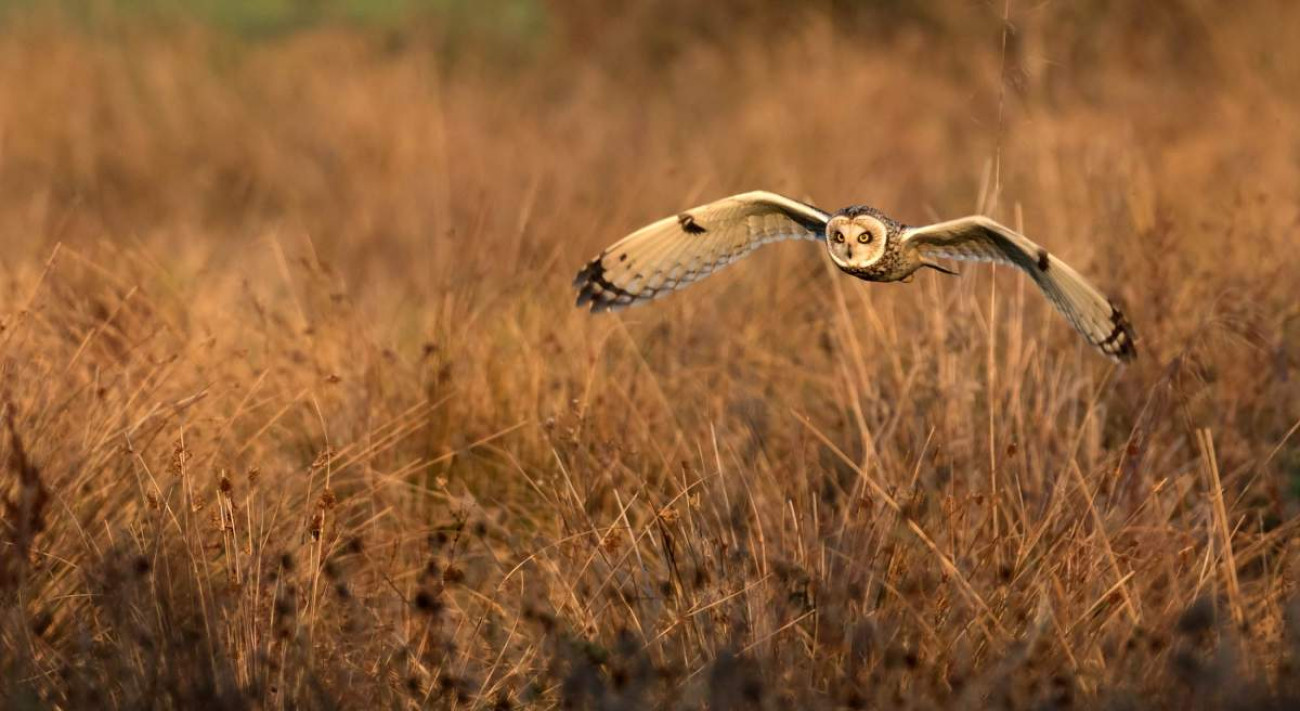
Why we are tracking Short-eared Owls
Short-eared Owls have historically been very poorly understood, being elusive and seemingly unpredictable in their movements and distribution. Sadly, this species is now Amber-listed in Birds of Conservation Concern due to a significant contraction in its UK distribution, making it vital that we learn more about Short-eared Owls and how we can help them.
Our Short-eared Owl Tracking Project aims to find out more about this species' fine-scale habitat requirements, and how factors such as prey, predators and competitors influence how Short-eared Owls use apparently suitable habitats. Because Short-eared Owls are highly nomadic, we also need to know more about their migration strategies, connectivity between their populations, and how they find variable and patchy resources.
This research will enable us to provide guidance to conservationists, policy-makers and land managers about how to create and maintain suitable environmental conditions, and help to secure the future for Short-eared Owls and the environments they inhabit.
Recent research
Read about the latest published research:
- In this press release: The surprising lifestyle choices of Short-eared Owls
- In this publication summary: Remote tracking unveils intercontinental movements of nomadic Short-eared Owls Asio flammeus with implications for resource tracking by irruptive specialist predators
We also aim to better-understand how factors such as prey, predators and competitors influence how they use otherwise apparently-suitable habitats.
Tracking technology
We are using state-of-the-art GPS tracking devices to follow several birds over a number of years. These tags are solar powered and record the birds’ locations to within an accuracy of a few metres. So long as they receive enough light to charge the battery, the tags record precise fixes every three hours (less frequently during dark winters), then relay these to the project scientist, John Calladine. This technology gives us information about habitat use and behaviour in unprecedented detail. The tags are fitted to adult birds caught at or near their nests, or on their wintering grounds.
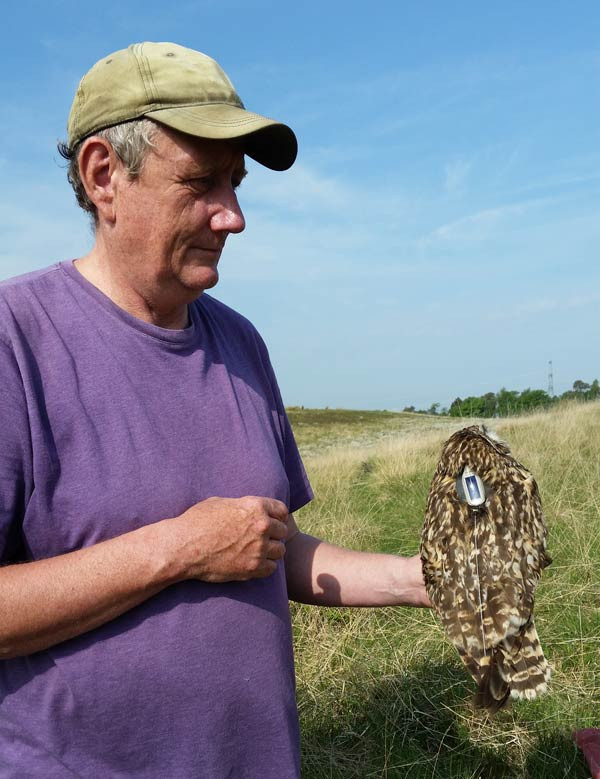
Findings and discoveries
So far, working with local collaborators, we have tracked nine Short-eared Owls caught in Scotland since 2017. All have provided detailed information on habitat and landscape use, and some have gone on to show astonishing movements and behaviours which differ markedly between birds and also by the same bird between years.
Migratory movements
A female tagged in Stirlingshire in 2017 overwintered locally, then undertook a wide-ranging exploratory flight within Scotland before settling down to breed again in Perthshire in March 2018. Not long after her chicks had hatched she left her mate to continue feeding them and flew to Norway, where the tracking data strongly-suggest that she bred for a second time within the same year. The tag then tracked her movements to Ireland, Cornwall and Norfolk, before recording her final hours as she attempted to migrate back to Norway in spring 2019, sadly perishing in storm close to the Norwegian coast.
Another breeding female, tagged at her nest site on Arran in June 2019, visited Bute, Kintyre and Ayrshire before flying south to Devon. On 9 November 2019 she flew south once more, and with the help of a strong tail wind she travelled 495 km into France in just six hours – that's an average of 82.5 km/h! She then continued south, crossing the Pyrenees on 13 November and the Strait of Gibraltar on 24 November to reach Morocco. It will be fascinating to see where she goes next.
Habitat requirements
Our research allowed us to document and quantify Short-eared Owl habitat requirements in dwarf-shrub-grassland mosaic landscapes, greatly improving our knowledge of the optimal habitat conditions for this species. We learned:
- Short-eared Owl breeding home ranges tend to be around 200 hectares, in mixed grassland and heath environments.
- Remaining population strongholds are often in areas with a restricted suite of other apex predators.
- The species’ decline is associated with the maturation of plantation forests.
This information is highly relevant to moorland management strategies, the maintenance and restoration of natural montane habitats and environmental policies related to site protection and condition assessment.
We have also learned more about the environments used by the owls while dispersing from and between their preferred habitats. The data we have gathered about these ‘service station’ sites can be used by conservationists to ensure there is a robust network of these patches across the landscape, and increase the resilience of protected area networks utilised by Short-eared Owls.
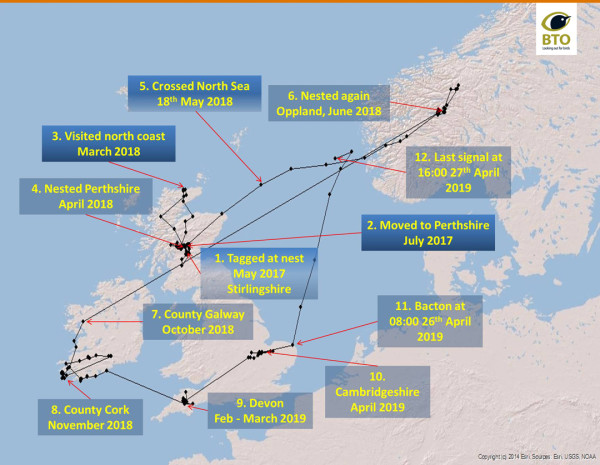
Next steps
The project aims to track up to 25 individuals from sites across their breeding range in Britain. By tracking birds from a range of locations we can better-understand how variation in local conditions affects their breeding success. Factors such as habitat composition, prey and predator density are all likely have a bearing on the owls’ reproductive output.
The fieldwork necessary to find Short-eared Owl nests is time-consuming, and the tags can only be fitted by highly-trained specialists. This limits the number of tags that can be fitted in a single breeding season (typically May-June), so instead we aim to tag three to five Short-eared Owls each year for the next few years.
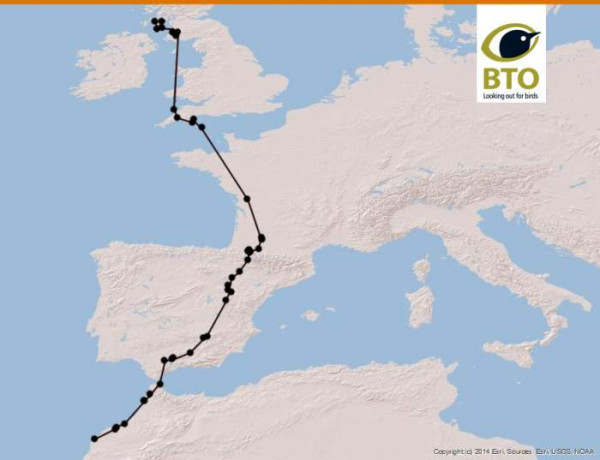
How you can help
To fulfil the potential of this work, and ensure valid information is available to those who can apply the findings to help Short-eared Owls, we need financial support. The cost of our tagging programme is £97,000, including equipment, fieldwork at different sites, analyses of results and dissemination of findings. Each satellite tag costs £2,000 to buy and the annual data costs are £1,000. Please support the Short-eared Owl appeal if you can.
Support the Short-eared Owl tracking Project
Donate to fund the tracking, analysis and dissemination of findings for this important project.
Donate to the Short-eared Owl AppealAcknowledgements
We thank the individuals without whose local knowledge of ‘their’ Short-eared Owls, this work would not have been possible.
We are also indebted to the charitable trusts and small group of individuals for their donations, and to everyone who supported the Short-eared Owl Tracking Appeal; this generosity has allowed us to make ground-breaking progress on this challenging project.
We are especially grateful to Neil Morrison who helped to start the project, and continues to be key to its progress.

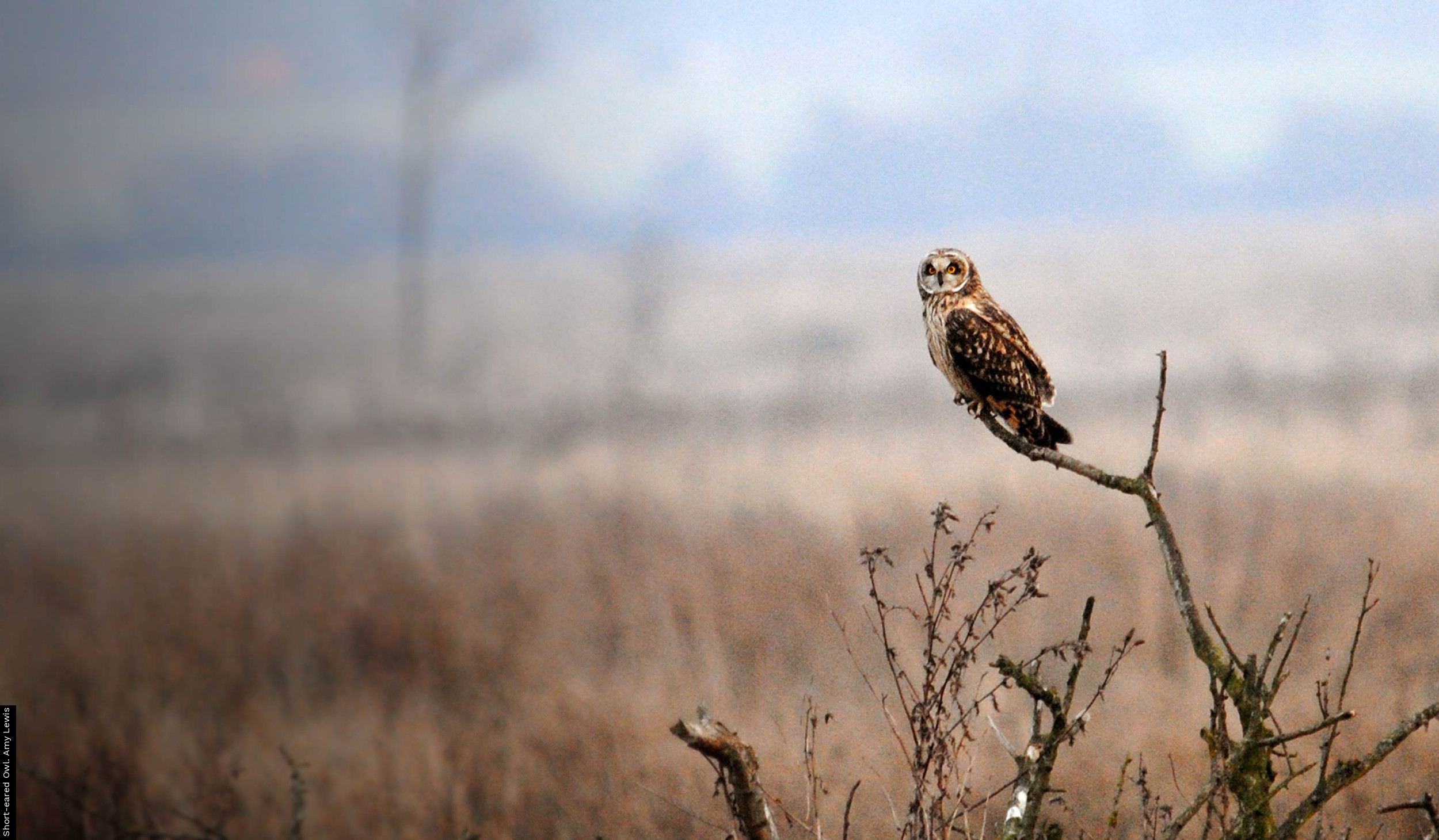
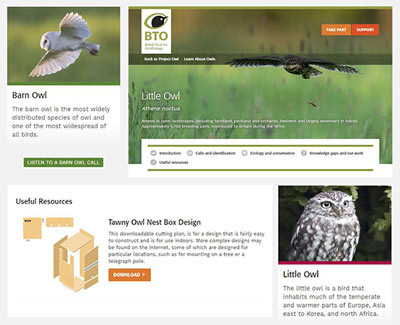
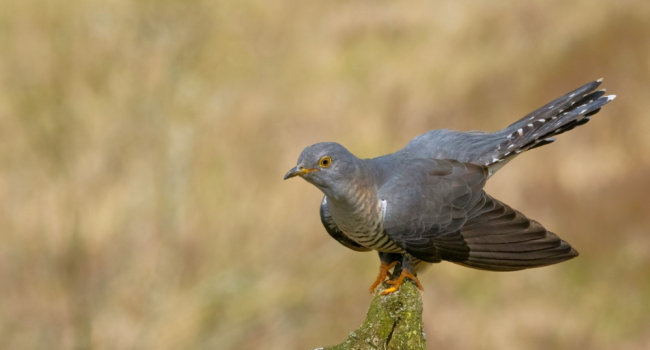
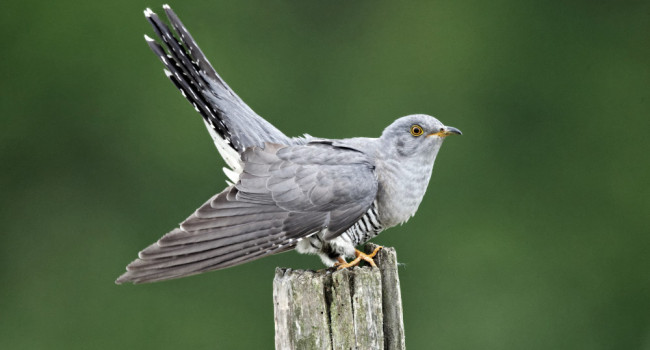


Share this page